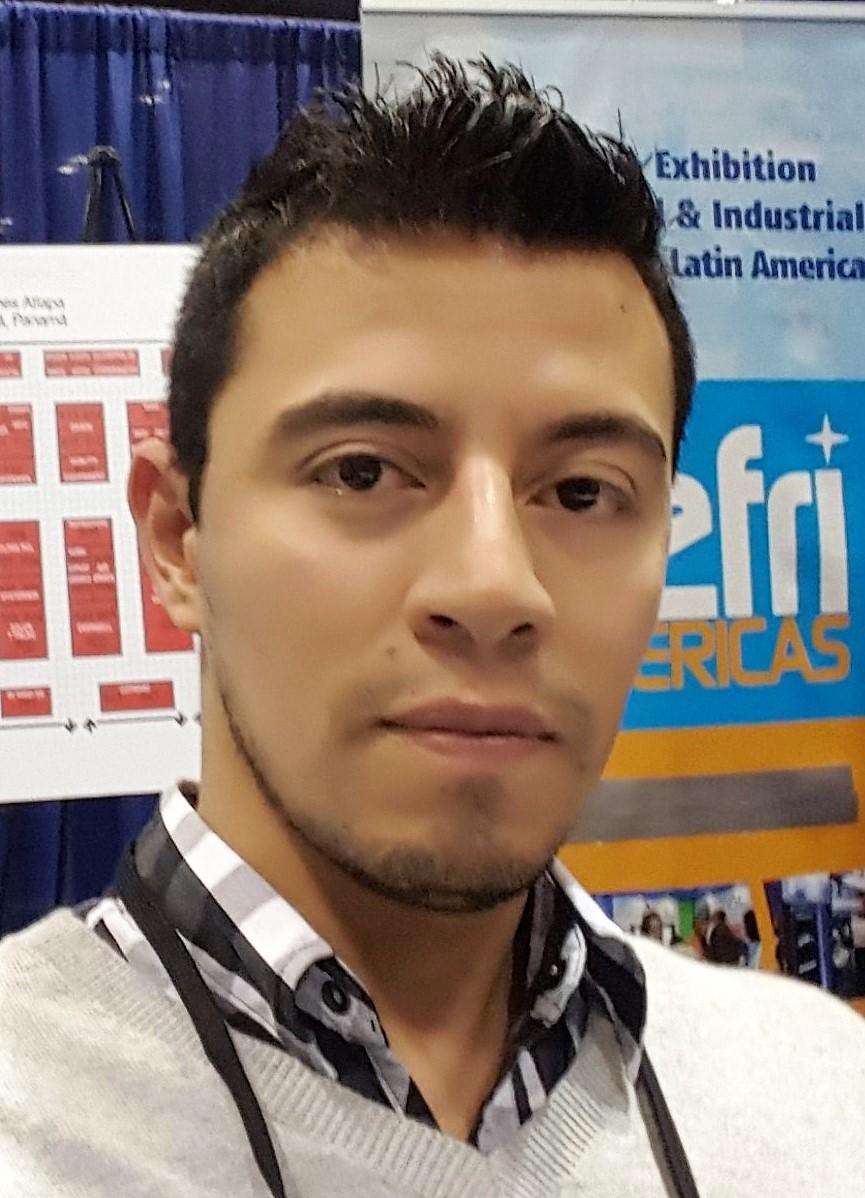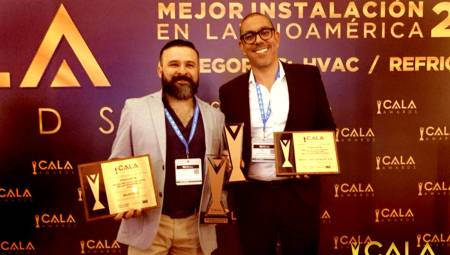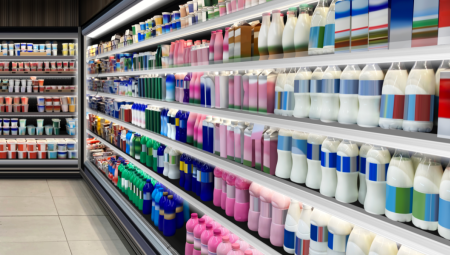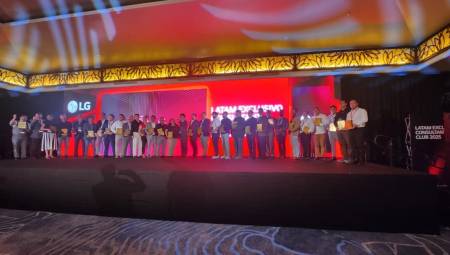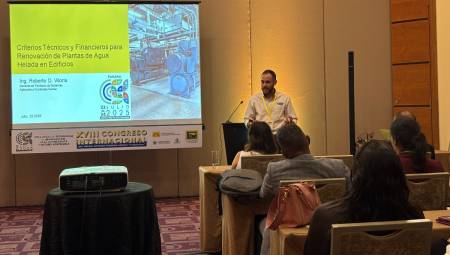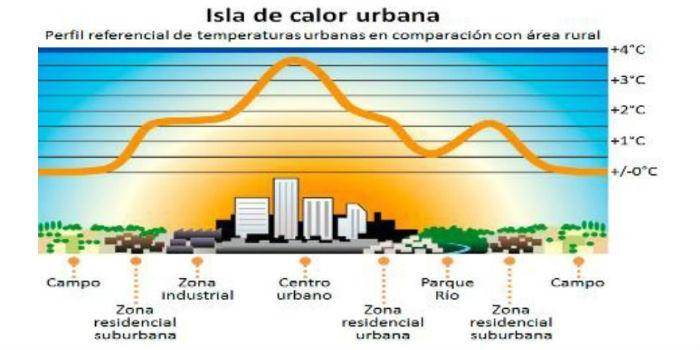 International. The U.S. Environmental Protection Agency (EPA) shared a number of cooling strategies for heat island reduction.
International. The U.S. Environmental Protection Agency (EPA) shared a number of cooling strategies for heat island reduction.
To reduce urban heat islands, many communities use five main strategies:
(1) increase tree and vegetation cover,
2) install eco-friendly roofs,
3) install cold ceilings (mainly reflective)
4) use cold pavements (either reflective or permeable), and
5) use smart development practices.
By going to the links below, you can get detailed information about each of these strategies and examples of the activities that governments and communities are implementing.
Strategies and technologies
Trees and vegetation: Shade trees and smaller plants, such as shrubs, vines, grasses, and natural ground cover, help cool the urban environment by providing shade and removing heat from the air through evapotranspiration.
Trees and vegetation can also reduce stormwater runoff and protect against erosion. To create distinct cool places throughout the city, communities can grow trees and vegetation in arid areas, provide shade to the pavement with trees planted around perimeters and medians within parking lots and city streets.
Ecological roofs: An ecological roof, or a roof garden, is a vegetative layer that grows on a roof. Eco-friendly roofs provide shade, remove heat from the air, and reduce roof surface temperatures and surrounding air.
Using eco-friendly roofs in cities or other built environments with limited vegetation can moderate the heat island effect and improve stormwater management. The temperature of green roofs can be 30 to 40°F lower than those of conventional roofs and can reduce the ambient temperature of the entire city by up to 5°F.
Cold roofs: A cold roof is made with materials or coatings that considerably reflect sunlight and reduce the heat of a building. A cold roof transfers less heat to the building it covers, therefore the building stays cooler and demands less energy to power the air conditioning systems.
By reducing energy use, cold roofs decrease the generation of associated air pollution and greenhouse gas emissions. By reducing the air temperature inside buildings with and without air conditioning systems, cold roofs can also improve people's health and comfort.
Cold pavements: a cold pavement is made with paving materials that reflect more solar energy, improve the evaporation of water (permeable pavements) or were modified so that they remain colder than conventional pavements. Using cold paving materials on sidewalks, parking lots, and streets not only cools the pavement surface and surrounding air, but can also reduce stormwater runoff and improve nighttime visibility.
Smart development: Smart development, also called smart growth, refers to development and conservation strategies that help protect the natural environment while also making our communities more attractive, livable, and economically stronger. They include creating walkable communities, preserving open spaces, providing sustainable transportation options, and fostering community collaboration in development decisions, among others.
Typical urban design (areas with few trees or green spaces, acres of pavement, and land covered with buildings) contributes considerably to the formation of heat islands. Roads, parking lots and buildings are usually constructed with materials that reflect less of the sun's energy and absorb it more. In addition, cities are usually designed to be dense and compact, which prevents the proper release of heat. By combining smart growth and urban cooling strategies, communities can reduce the temperature of heat islands while encouraging neighborhood livability.
Source: EPA Español.


